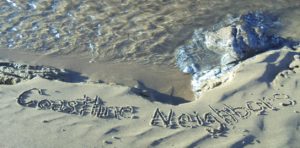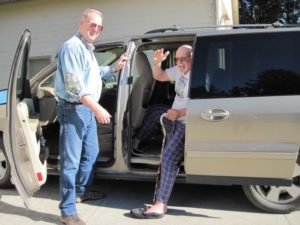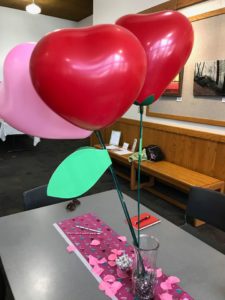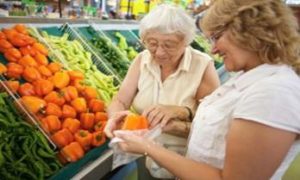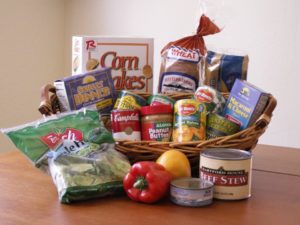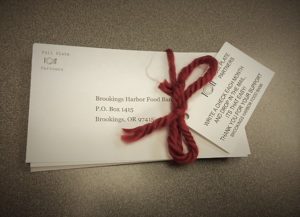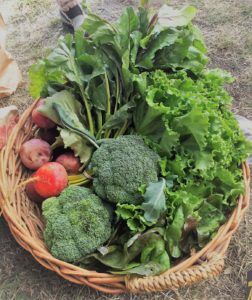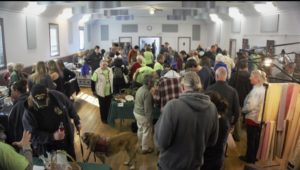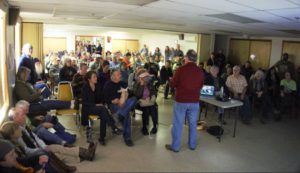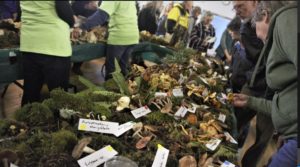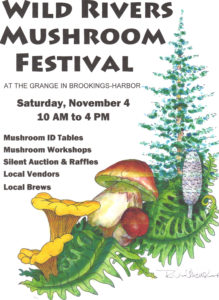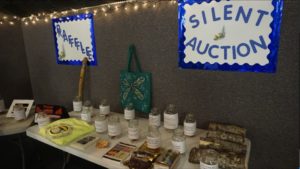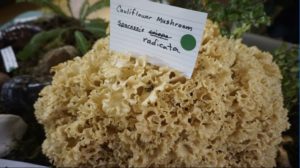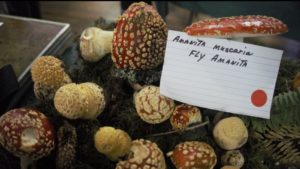October 20, 2018
As the library closed its doors at the end of the day, the staff at Curry Public Library reflected on their week. Over the previous seven days, the library hosted 26 different programs and meetings. Five public programs were held for children and families. The library hosted meetings for public interest organizations working on the south coast including Advanced Health, the Southwestern Oregon Workforce Investment Board, and the State Watershed Enhancement Board. Nonprofits including the Gordon Elwood Foundation, the Gold Beach Youth Fund, Curry Arts, Gold Beach Main Street, and Daughters of the American Revolution met at the library. Public trainings and informational sessions were held for conversational Italian, Medicare, and First Aid. A button collecting club met, a group of local artists met to share their work, a group of regional early childhood educators met to discuss their work, and members of the Gold Beach City Council hosted an informational meeting and public forum on housing in Gold Beach.
Cumulatively, this week of meetings was the fulfillment of the library’s long-term vision for a multi-use community space that would effective foster learning and civic engagement.
[metaslider id=5543]
Two Months Earlier
At 11:55 am on August 18th, 2018, Curry Public Library ushered construction workers out of the building, and at 12:00 pm opened the doors to its new Harald Haug Library Learning Center. Visitors entering the space had the opportunity to tour an elegant 6,400 square foot addition to the original library.
On the first floor visitors viewed a multi-purpose meeting hall designed to accommodate arts and cultural activities, programming for children and families, and hold up to 150 people. The meeting hall features performance quality acoustics, a portable stage, high definition video projection, high speed Wi-Fi capable of supporting over 100 simultaneous users. Adjacent to the meeting hall is a catering kitchen and lobby, the future home of a coffee shop that will serve as a work experience program for youth and young adults learning job skills.
Proceeding to the second floor, visitors were introduced to a technology teaching and learning lab that can provide access for both youth and adults to scanners, color printing, 3-D printing, and specialized software for video editing, graphic arts, CAD, design, and modeling. A conference room adjacent to the technology lab is available to community groups and includes video teleconferencing equipment. The second floor also includes a gallery space, which features rotating single and multi artist shows.
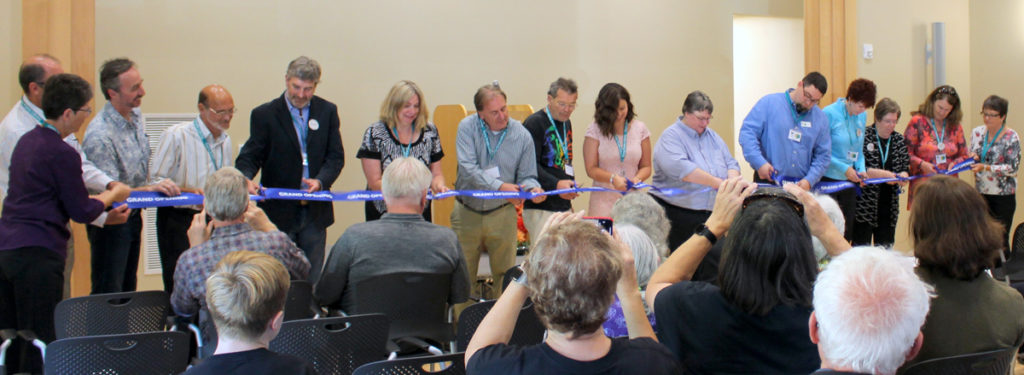
The Ribbon Cutting for the Harald Haugh Library Learning Center in Gold Beach, August 18, 2018.
The Fundraising Effort
Ten years earlier, the ribbon cutting and celebration for the opening of the main library facility in 2008 was not a long-lived party. Curry Public Library Board of Directors and the Friends of the Library immediately started raising money to support the construction of the community meeting spaces they were forced to cut out of their architectural plans to make budget. For the next ten years the Friends of the Library held annual book sales and dessert auctions to raise $100,000. By 2015 the prospect for being able to expand the facility was looking good as a result of generous bequests from the estates of Harald Haug ($1,200,000), Charles Rouse ($305,000), and Cliff & Maxine Yadon ($50,000). In that year, the library paid off its $425,000 mortgage, and started serious planning for a facility expansion. Over the next three years, the Friends of the Library applied for and received matching grant funding from The Ford Family Foundation ($250,000), the Southwest Oregon Children’s Foundation ($155,000), the Collins Foundation ($50,000), the Southwest Oregon Workforce Investment Board ($25,000), the Oregon Community Foundation ($20,000), the Smullin Foundation ($20,000), the Mike Keiser Fund ($12,000), the City of Gold Beach Urban Renewal Fund ($13,000), and an anonymous $20,000 grant.
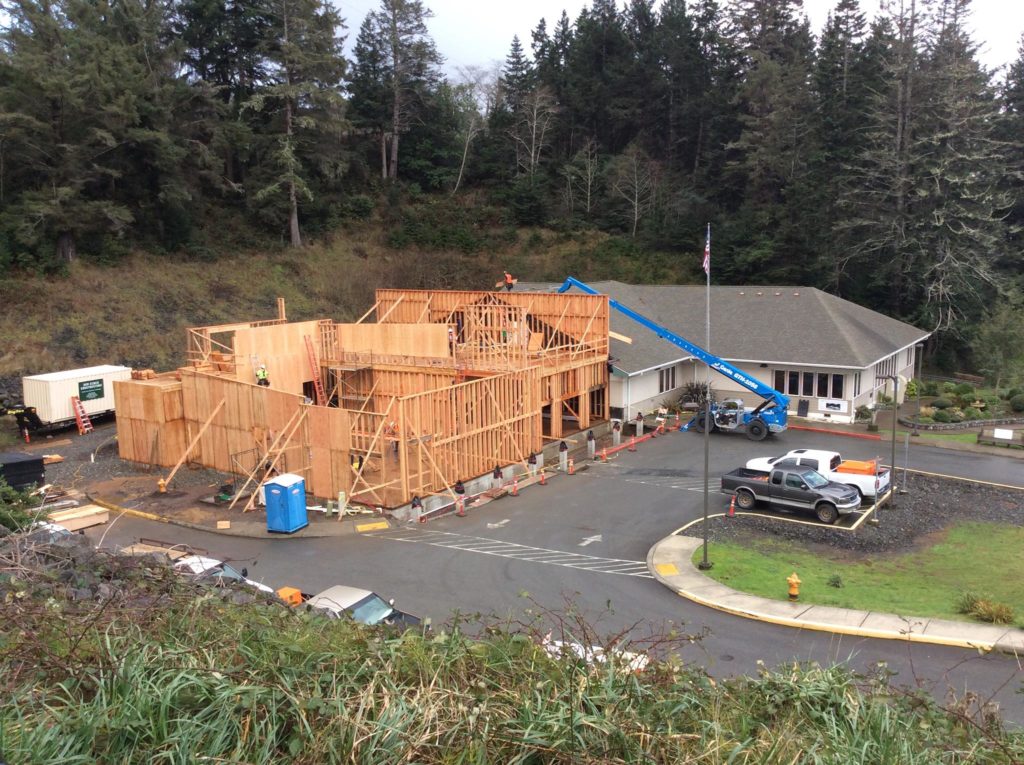
Harald Haug Library Learning Center under construction, January 19, 2018.
Gathering Community Input
Knowing that a successful community space would need to be designed to meet real needs, the library began an effort to gather ideas and input. From July 1-December 1, 2015, the Friends of the Library distributed surveys, asking the community for their input on how the new facility should be used, and what equipment and technology they wanted included. The Friends hosted stakeholder meetings, asking for input from local leaders in business, government, education, the nonprofit sector, and parents. As a result of the feedback from the surveys, and brainstorming with stakeholders and library Board members, plans for the new addition grew into a fully functional library learning center. The vision for the new space was passed on to HGE, Inc., Architects from North Bend, Oregon, who created plans for a space that would meet the library’s goals and meld effectively with the existing library structure. In August 2017 contractors broke ground on the new facility.
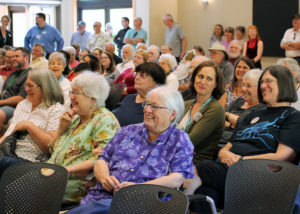
Community members gather for the inaugural event in the Harald Haug Library Learning Center, a talk by Northwest Author Jim Lynch.
Expanding Program Offerings
Since the opening of the original library structure in 2008, the library struggled to provide program and meeting spaces. The main atrium of the library was the only available program area, which resulted in conflicts between library users and serious space constraints for programs. Any time there was a speaker, a concert, or a class, furniture was moved to make room. This make-do space could comfortably accommodate 20 people, while the library occasionally hosted programs with 100 attendees.
The need for additional programs and program spaces was confirmed by the widely distributed community survey conducted by the Friends of Curry Public Library. Respondents stated they wanted to see more programs for children, arts and cultural programs, and access to technology resources not available in Gold Beach.

“Bloom,” a painting by Clara Herbage on display in the gallery of the Harald Haug Library Learning Center.
Immediately after opening the new learning center space, the library began to see the benefits for the general public of expanded opportunities for learning. Author talks, movie nights, concerts, lectures, workshops, conversation groups, movie screenings, children’s programs, and artist talks are all available to community members at the library, almost all free and open to the public. Since opening the new learning spaces, the library has hosted a weekly Kaleidoscope Play and Learn group, a facilitated play group for children and their caregivers, and has been able to move their weekly Baby Storytime and regular Storytime to a room with fewer distractions.
Planning for future programs is underway. First Chapter Coffee House, based on a collaboration between Curry Public Library and Southwest Oregon Workforce Investment Board, is slated to open in early 2019 in the main lobby of the learning center. The coffee shop will provide hands-on work experience for young adults. Collaborations between the library’s new middle school after school program and adult and children’s programs are in the works, with the goal of providing more family and inter generational programs.
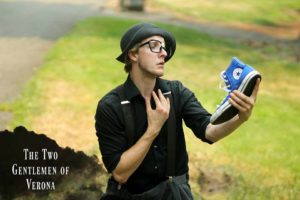
Students from Southern Oregon University’s Theater Program performed scenes from Shakespeare at Curry Public Library, one of the opening events for the new learning center.
The ASCEND Program
One of the library’s priorities for its new space was an after school program. This seemed like an undertaking that might take years to plan and implement, but in July 2018, after a competitive application process, Curry Public Library was fortunate to receive a $1.2 million-dollar, 5-year, 21st Century Community Learning Center grant from the Oregon Department of Education to provide after school programming for students in 6-8 grade. Curry Public Library was the only library to receive one of these grants, and was one of only 24 programs in the state to receive funding.
The After School Commitment to Education and Development (ASCEND) Program is a collaboration between Curry Public Library and Central Curry School District. The program provides opportunities for enrichment and tutoring; works with community partners to offer an array of programs and activities to broaden horizons and promote exploratory learning; helps students navigate the transition from middle to high school through a bridge program; and promotes meaningful dialogue with students’ families.
Under the leadership of Karlie Wright, the program successfully launched on October 22nd with 50 student attendees. Since the program began, these students have received extra support with their academic work from tutors and volunteers, and have had the opportunity to do hands on activities, like mask making, and pumpkin painting. Plans are underway for dog walking at the local shelter, pie making, babysitter trainer, cooking and nutrition lessons, activities in the school garden and so much more. Organizations and volunteers throughout the community have signed on to provide relevant and fun programming for the student participants.
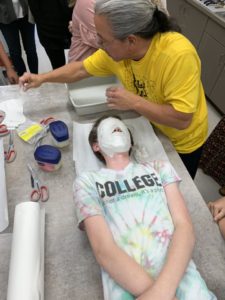
ASCEND participants make masks with ASCEND staff member, Perry Kishaba.
Reflections
Reflecting back over the Harald Haug Library Learning Center project, one thing stands out: the incredible support from a community that first transformed an idea into a physical building, and then filled that building with people and opportunities for learning. So, whether you want to check out a book or use a computer, attend a local concert, take a cooking class or have a meeting, you very well might find yourself at Curry Public Library in Gold Beach.
A Note for Community Groups & Nonprofits:
Room Reservations at Curry Public Library: The Harald Haug Library Learning Center is available to community groups to use for activities that fit under the umbrella of learning. The Meeting Hall and the Conference Room are both able for rental. For a room reservation, contact Curry Public Library at 541-247-7246. Nonprofit groups may apply to have fees waived.
Wild Rivers Connect: Wild Rivers Connect provides networking opportunities and resources for nonprofits in Curry and Del Norte Counties. Curry Public Library and Friends of the Curry Public Library have listings on the Wild Rivers Connect (WRC) website. If you have questions about how WRC can help your nonprofit organization, please contact us.
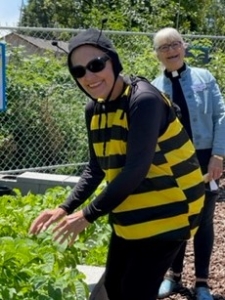 Written by Pamela Thorsch – Posted by Kathleen Dickson for Wild Rivers Connect
Written by Pamela Thorsch – Posted by Kathleen Dickson for Wild Rivers Connect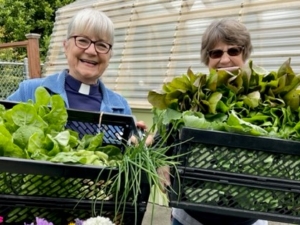 Funding for the garden project was provided by the Coquille Tribal Foundation, Wild Rivers Coast Alliance, Oregon Lutheran Synod, and from community minded individuals and in-kind donations.
Funding for the garden project was provided by the Coquille Tribal Foundation, Wild Rivers Coast Alliance, Oregon Lutheran Synod, and from community minded individuals and in-kind donations.






